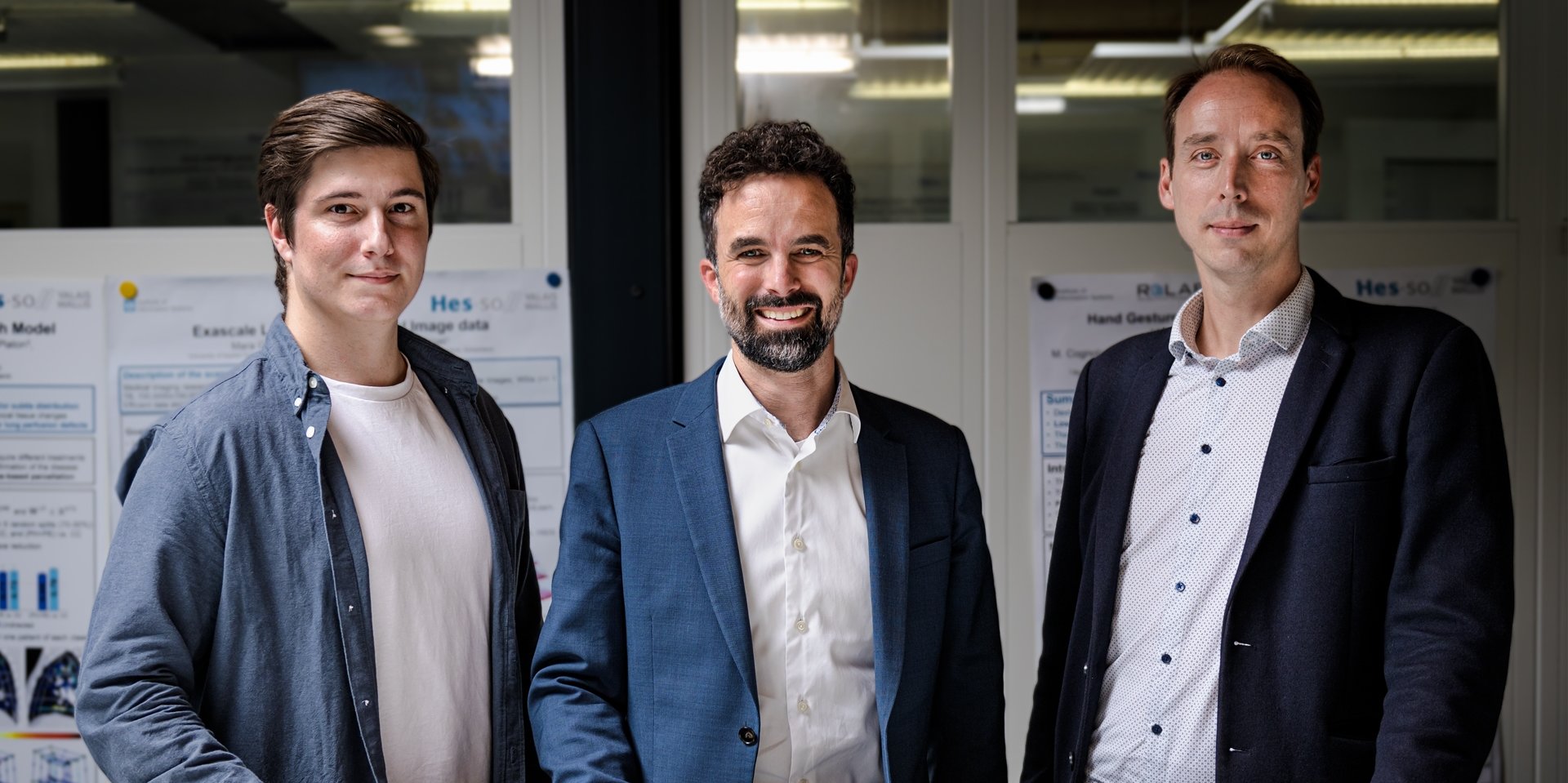We examine the technological aspects of political collabo- rative practices in one of the first studies of participatory constitution writing in the course of its progression. In particular, we examine how digital collaborative and communicative tools can facilitate (or inhibit) the permeation of boundaries, which manifest through the differences in political ideologies and partisan beliefs. Our study is grounded in in- terviews with 15 members of the Constituent Assembly in ANON STATE, ANON COUNTRY, and its primary contribution is in constructing a fine- grained contextualized understanding of political collaborations, their evolution, and their relationship with collaborative tools. Our findings demonstrate the centrality of versatile and widely available digital tools (such as WhatsApp and Google Docs) in their political work. In addition, elected lawmakers prefer tools that allow them to organize their collab- orative and communicative actions based on dynamic social boundaries, and their need for asynchronous work practices. We observed a tendency of simultaneously using multiple digital tools to accomplish specific po- litical objectives, and leveraging them in plenary sessions for strategic advantages. On the one hand, collaborative tools enabled strategic ad- vantages by selective permeation of boundaries across political ideologies. On the other hand, lack of awareness about boundaries between ‘private’ and ‘public’ on social networks were considered as privacy blind spots. By focusing on boundaries of different kinds, our paper elucidates how the introduction of digital technologies into political process transforms the long-established categories, distinctions and divisions that are often taken for granted.
https://link.springer.com/book/10.1007/978-3-030-29390-1
https://www.interact2021.org/
